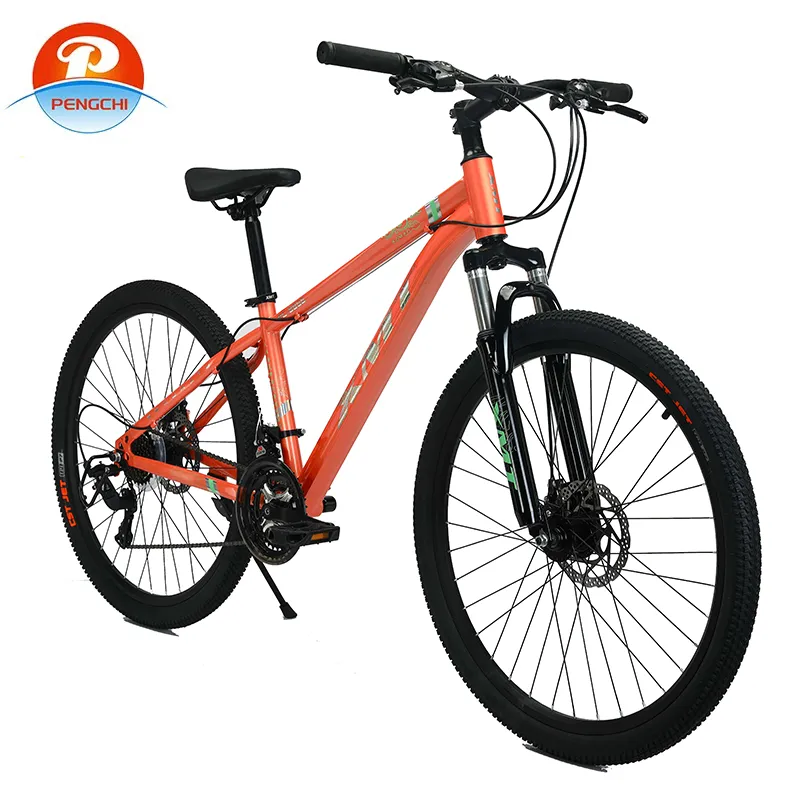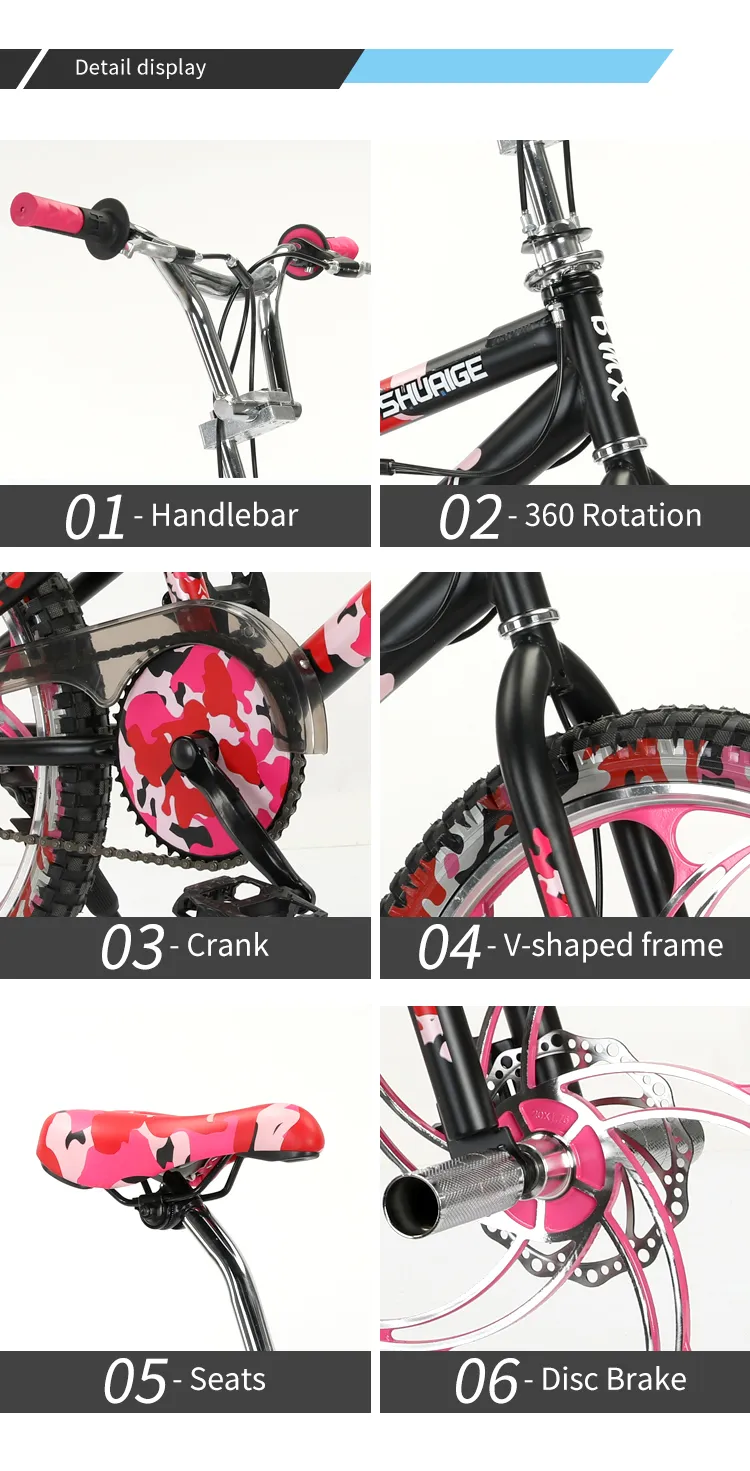
-
 Afrikaans
Afrikaans -
 Arabic
Arabic -
 Belarusian
Belarusian -
 Bengali
Bengali -
 Bulgarian
Bulgarian -
 Croatian
Croatian -
 Czech
Czech -
 Danish
Danish -
 Dutch
Dutch -
 English
English -
 Finnish
Finnish -
 French
French -
 German
German -
 Greek
Greek -
 hawaiian
hawaiian -
 Hebrew
Hebrew -
 Hindi
Hindi -
 Hungarian
Hungarian -
 Indonesian
Indonesian -
 irish
irish -
 Italian
Italian -
 Japanese
Japanese -
 Javanese
Javanese -
 kazakh
kazakh -
 Khmer
Khmer -
 Korean
Korean -
 Kyrgyz
Kyrgyz -
 Lao
Lao -
 Latin
Latin -
 Luxembourgish
Luxembourgish -
 Malay
Malay -
 Myanmar
Myanmar -
 Norwegian
Norwegian -
 Persian
Persian -
 Polish
Polish -
 Portuguese
Portuguese -
 Romanian
Romanian -
 Russian
Russian -
 Serbian
Serbian -
 Slovak
Slovak -
 Somali
Somali -
 Spanish
Spanish -
 Swedish
Swedish -
 Tagalog
Tagalog -
 Thai
Thai -
 Turkish
Turkish -
 Turkmen
Turkmen -
 Ukrainian
Ukrainian -
 Uighur
Uighur -
 Vietnamese
Vietnamese
Feb . 03, 2025 01:25 Back to list
how to choose a good mountain bike
Selecting an ideal mountain bike involves a careful consideration of multiple factors to ensure a safe, fun, and satisfying outdoor experience. Drawing from both personal experience and industry expertise, this guide sheds light on crucial aspects that contribute to making the right choice, ensuring you find a bike that matches your needs and builds confidence on the trails.
Mountain bikes can range from a few hundred to several thousand dollars. Set a realistic budget that reflects your riding goals. Ensure that the price includes essential gear like helmets, gloves, and pads, and consider future investments in modifications and maintenance that could enhance your riding experience. Research and Reviews Tap into the wealth of knowledge from reputable mountain biking forums, reviews from established cycling websites, and recommendations from experienced bikers. Online reviews can provide insight into a bike's long-term durability and performance under various conditions, while user testimonials offer practical perspectives on daily use. Evaluating Brand Reputation Choose bikes from brands known for their innovation and customer service. Brands like Trek, Giant, Specialized, and Santa Cruz have established themselves as leaders in mountain biking, ensuring quality and support. Look into warranty terms and local availability of parts and service centers. Sustainability Considerations As the global community pays more attention to sustainability, consider brands that prioritize eco-friendly manufacturing processes and materials. Some offer recycling initiatives or use recycled materials, which not only reduces environmental impact but also aligns with a growing commitment to sustainable outdoor recreation. Final Decision-Making With insights into the types, components, and brands of mountain bikes, make your decision based on a combination of technical specifications and emotional satisfaction. Whether you aim for competitive racing or leisurely trail rides, your choice should inspire confidence and enthusiasm each time you hit the trail. Choosing a mountain bike involves meticulous evaluation and personal preference, but the outcome is a rewarding venture into the great outdoors. Prioritizing research and expert advice ensures you don't just buy a bike — you invest in unrivaled adventures.


Mountain bikes can range from a few hundred to several thousand dollars. Set a realistic budget that reflects your riding goals. Ensure that the price includes essential gear like helmets, gloves, and pads, and consider future investments in modifications and maintenance that could enhance your riding experience. Research and Reviews Tap into the wealth of knowledge from reputable mountain biking forums, reviews from established cycling websites, and recommendations from experienced bikers. Online reviews can provide insight into a bike's long-term durability and performance under various conditions, while user testimonials offer practical perspectives on daily use. Evaluating Brand Reputation Choose bikes from brands known for their innovation and customer service. Brands like Trek, Giant, Specialized, and Santa Cruz have established themselves as leaders in mountain biking, ensuring quality and support. Look into warranty terms and local availability of parts and service centers. Sustainability Considerations As the global community pays more attention to sustainability, consider brands that prioritize eco-friendly manufacturing processes and materials. Some offer recycling initiatives or use recycled materials, which not only reduces environmental impact but also aligns with a growing commitment to sustainable outdoor recreation. Final Decision-Making With insights into the types, components, and brands of mountain bikes, make your decision based on a combination of technical specifications and emotional satisfaction. Whether you aim for competitive racing or leisurely trail rides, your choice should inspire confidence and enthusiasm each time you hit the trail. Choosing a mountain bike involves meticulous evaluation and personal preference, but the outcome is a rewarding venture into the great outdoors. Prioritizing research and expert advice ensures you don't just buy a bike — you invest in unrivaled adventures.
Latest news
-
Premium Titanium Road Bike: Lightweight & Durable
NewsAug.01,2025
-
Red Black BMX Bike with GPT-4-Turbo AI Tech
NewsJul.31,2025
-
New Red Anti-theft E-Bike | Easy Ride City Commuter
NewsJul.31,2025
-
BMX 20 Inch Bikes for Freestyle & Street | Fat Tire Options Available
NewsJul.30,2025
-
322 High Quality 26 Inch 21 Speed Adult Mountain Bike OEM MTB
NewsJul.29,2025
-
Specialized Kids Mountain Bikes - Safe, Durable & Fun Riding Experience
NewsJul.29,2025

